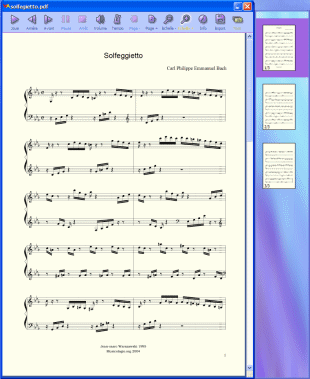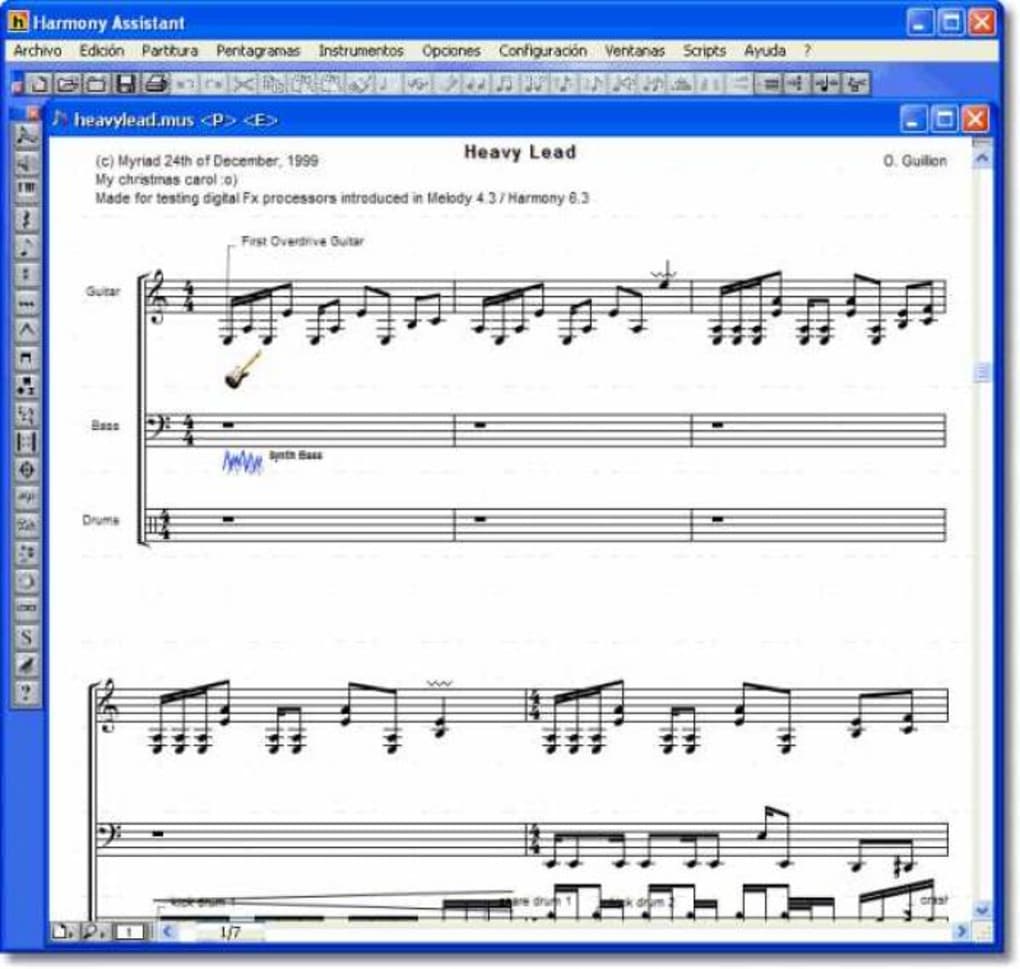

But a balance is essential to a good melody. On the other hand, the leaps provide character and a memorable profile to a melody, apart from the rhythms, tones, and contours. Most vocal melodies are conjunct in nature, as disjunct melodies are difficult to sing. The idea behind the distinction is that the conjunct melody rises or falls gradually with small changes in pitch, while the disjunct movement leaps between the notes. A movement by only one scale degree (2nd) is known as a step or a conjunct motion, while a movement more than a 2nd is a disjunct motion.

Melodic Movementīased on the intervals between the pitches, the melody may be classified as having a disjunct or conjunct motion. The durations are subdivided into whole notes, half notes, and quarter notes which define the fraction of a measure the note is played. Durationĭuration defines the time for which one note will sound. Each fret on a guitar or a key on a piano has a specific pitch ( Middle C – C4, F5, etc). Depending on the frequency in Hz, the pitch may be said to be low or high. The elements that differentiate one melody from the other are: PitchĪs you learned in our article on music theory, a pitch is defined as the specific frequency generated by any vibrating object or instrument. Main Elements of MelodyĪ melody usually distinguishes a song from other songs with similar tempos, chords, and chord progressions. The Baroque period saw many notable composers of melody, like Johann Sebastian Bach, Antonio Vivaldi, Georg Philipp Telemann, and Henry Purcell, among others. Melodies have existed since very old times and have evolved ever since. The guitarists, keyboard players, and bassists play the melodies on their instruments while the solo and chorus vocalists sing their portions of the melody.

Read the complete article to learn more about melody and harmony! What Is Melody? Melody Definition and Overview In this article, we will briefly explore what melody and harmony are and understand in detail how similar they are and how much they differ from each other.Īfter reading this article, you will have a better understanding of the key differences between melody and harmony and be able to apply them more appropriately in your own musical compositions. They can be used to create beautiful-sounding pieces or to make a statement. Melody and harmony are two of the three most important elements in music. Do you want to learn more about melody and harmony?


 0 kommentar(er)
0 kommentar(er)
